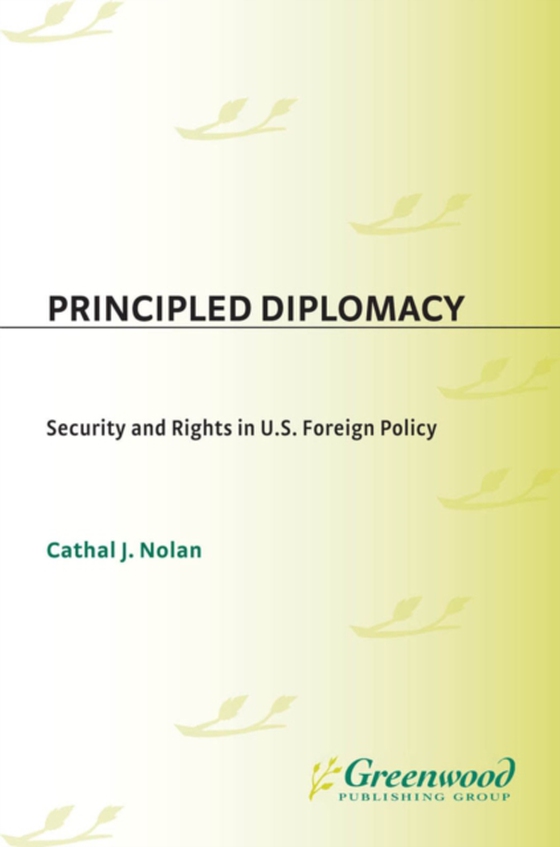
Principled Diplomacy e-bog
546,47 DKK
(inkl. moms 683,09 DKK)
This new analysis of governing ideas in U.S. foreign policy shows how they arise, are sustained and challenged both domestically and internationally, and become part of the world order. Nolan assesses the problems of reconciling concerns for individual rights and liberal principles with national security interests in U.S. foreign policy over the course of the twentieth century. This interpretiv...
E-bog
546,47 DKK
Forlag
Praeger
Udgivet
30 januar 1993
Længde
312 sider
Genrer
1KBB
Sprog
English
Format
pdf
Beskyttelse
LCP
ISBN
9781573569002
This new analysis of governing ideas in U.S. foreign policy shows how they arise, are sustained and challenged both domestically and internationally, and become part of the world order. Nolan assesses the problems of reconciling concerns for individual rights and liberal principles with national security interests in U.S. foreign policy over the course of the twentieth century. This interpretive survey redefines the key components in the make-up of U.S. diplomacy and provides good reading for students of American government, international relations and U.S. foreign policy, American and world history, defense, and human rights policy.This short history traces the notions that liberty is indivisible and that security depends ultimately on the establishment and success of liberal-democratic norms between and within states. It shows how U.S. policy vacillates between giving active or passive expression to these ideas, always relying on a basic assumption about the presumed pacific character of democracy. Utilizing a wide variety of primary and secondary sources, it looks at how these ideas became manifest in two major policy settings---those affecting the Soviet Union and the UN. Through these case studies, the book shows how these ideas become progressively embedded in U.S. policy; how they have been challenged by different interests and events; how they were disseminated among and accepted by allies (and even several former adversaries); and how, as a result, they now permeate the structures of major international organizations, and even underlie the emerging post-Cold War international system as a whole. The conclusion offers an interesting perspective for the future.
 Dansk
Dansk

